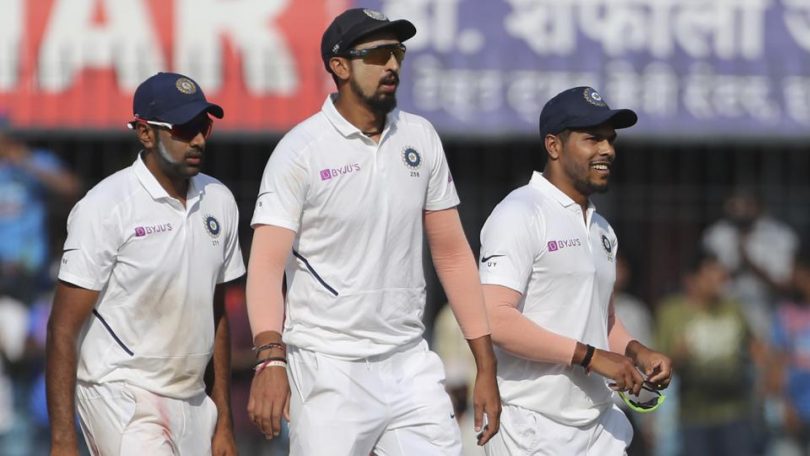Former Australia skipper Ian Chappell believes that the life of a modern cricketer is becoming harder and harder with the creation of bio-bubbles due to the Covid-19 pandemic. He also cited the India-Australia Test series on how the hosts’ got wore out in the bowling department while India somehow managed to stay fresh even when they were being hampered by injuries. “The modern cricketer is substantially better rewarded than players of the previous century. However, like with all such things in life, there is a downside involved,” Chappell wrote in his column for ESPNcricinfo.
“This comes in the form of the numerous adjustments to be made because of the extra formats that are now played and the resultant crowding of the schedule,” Chappell said.
“This was highlighted in the last Australia-India series, where the home side used the same fast-bowling trio in all four Tests,” Chappell added.
“As the Australian pace bowlers wore down in the final stages of the series, their Indian counterparts may have caught a break as injuries meant they had to constantly change personnel,” he said.
“India is one of the few teams who have enough skilled quick bowlers in reserve to meet the challenges of the schedule and still remain competitive,” he added.
Talking about the effect Covid-19 has had on players and international cricket, Chappell said, “The Covid-ravaged world has meant cricketers spend extended periods in bubbles, which challenges their skills and their mental health.”
“It has also resulted in scheduling that has Test matches crammed together, which is physically and mentally demanding, especially for the fast bowlers,” Chappell added.
“Modern fast bowlers do a lot of varied training in order to prepare for the demands of constant cricket, but still the injuries continue to pile up,” he said.
“Fast bowlers in the past concentrated more on running and bowling a lot in the nets to gain their match fitness,” he added.







